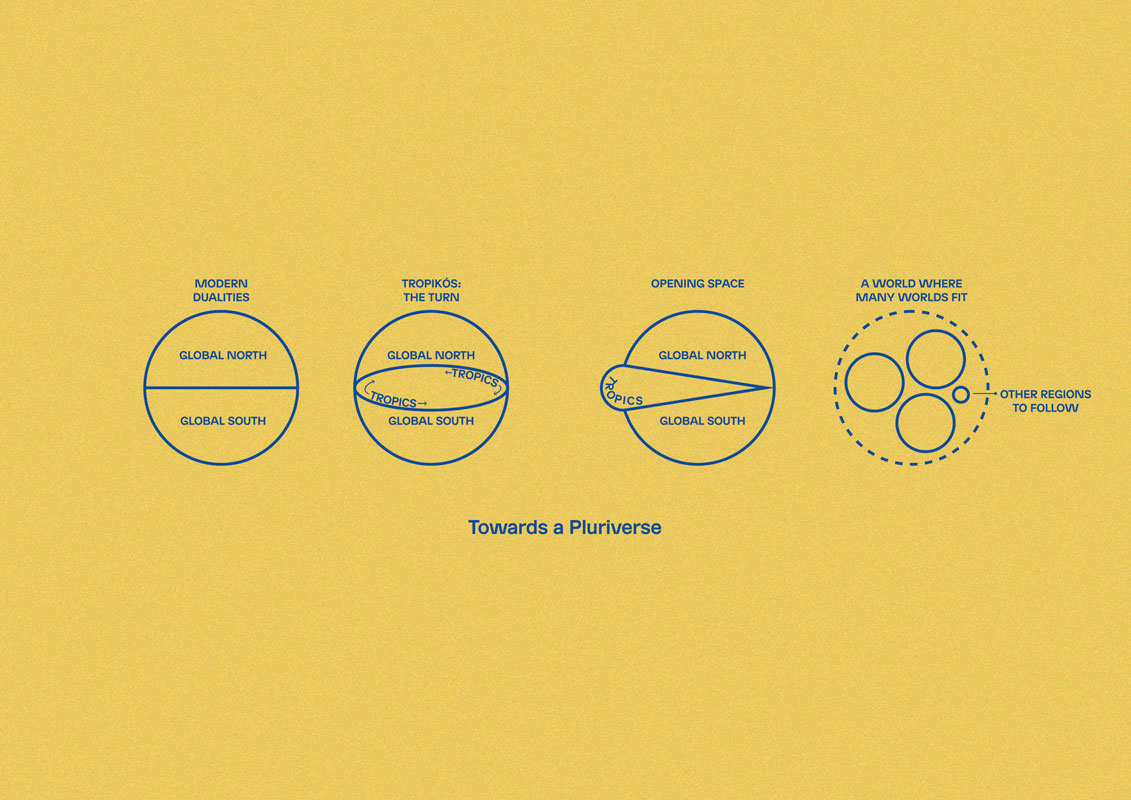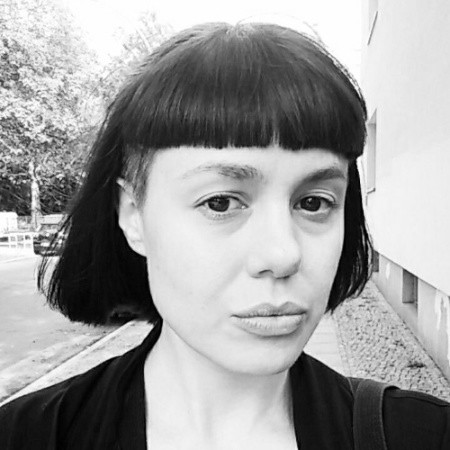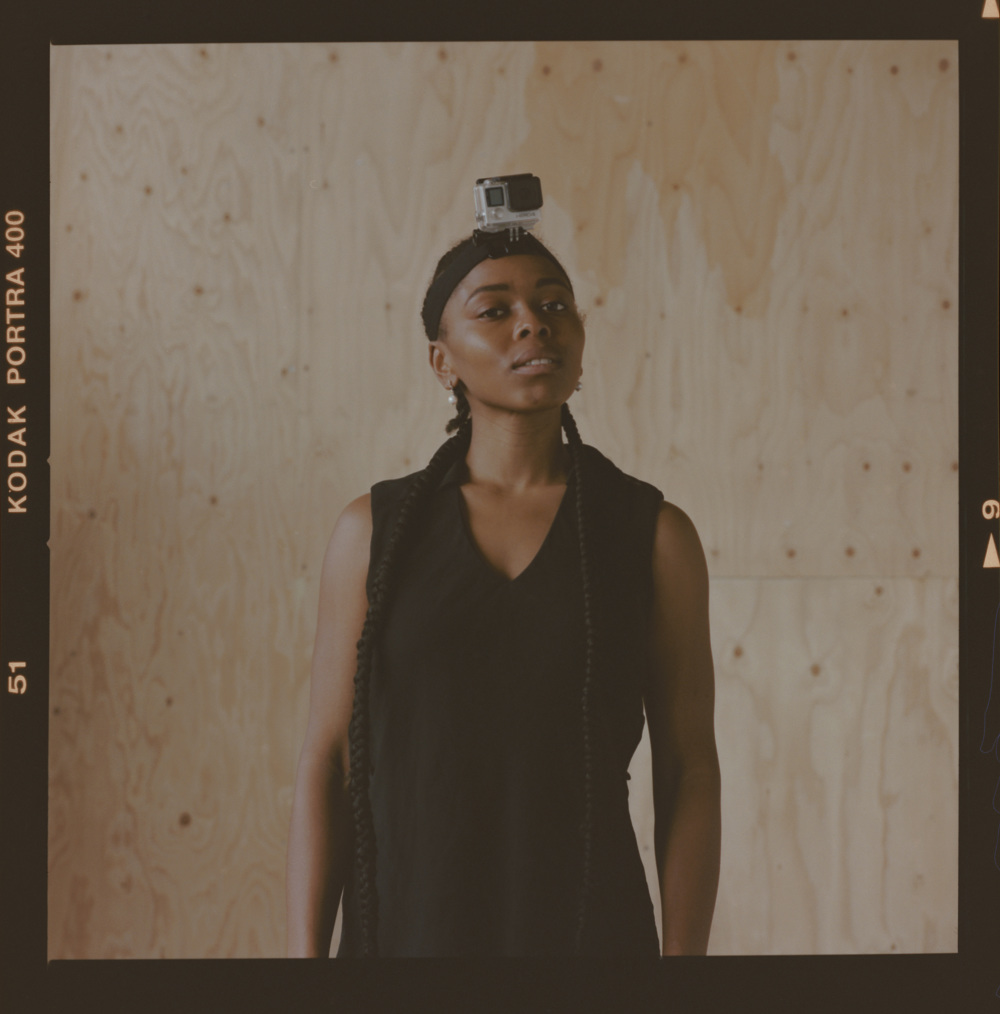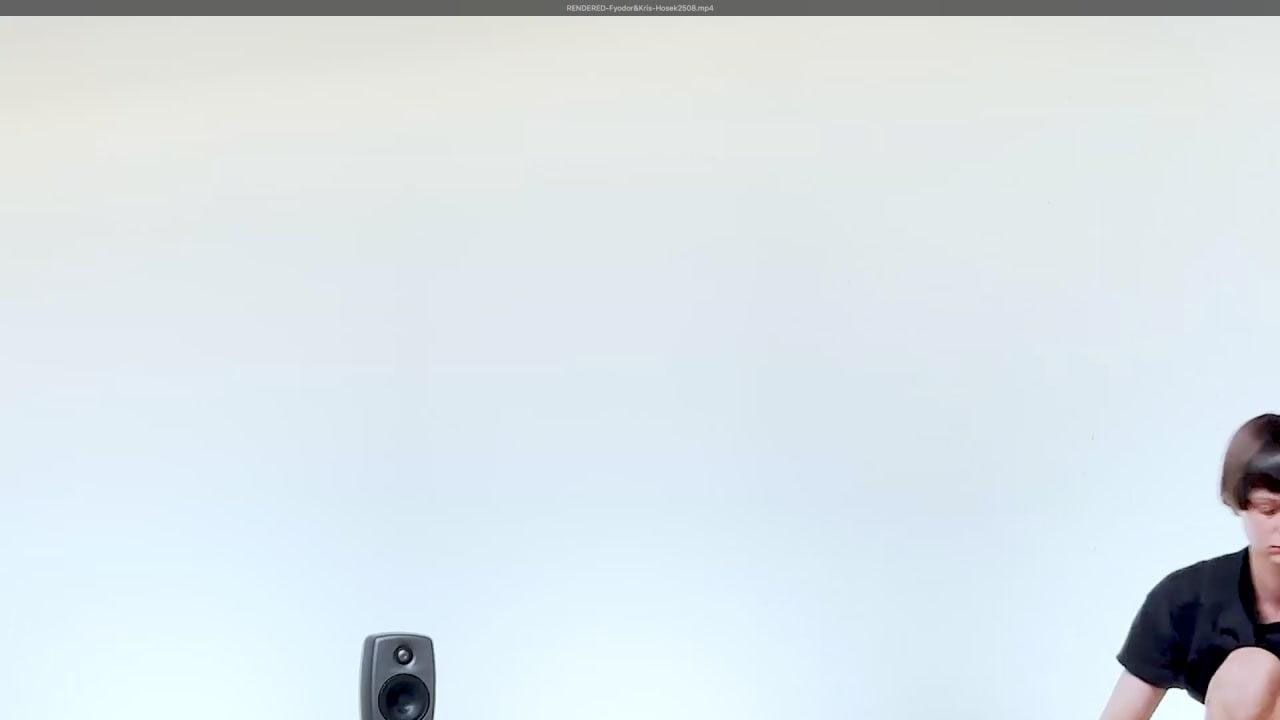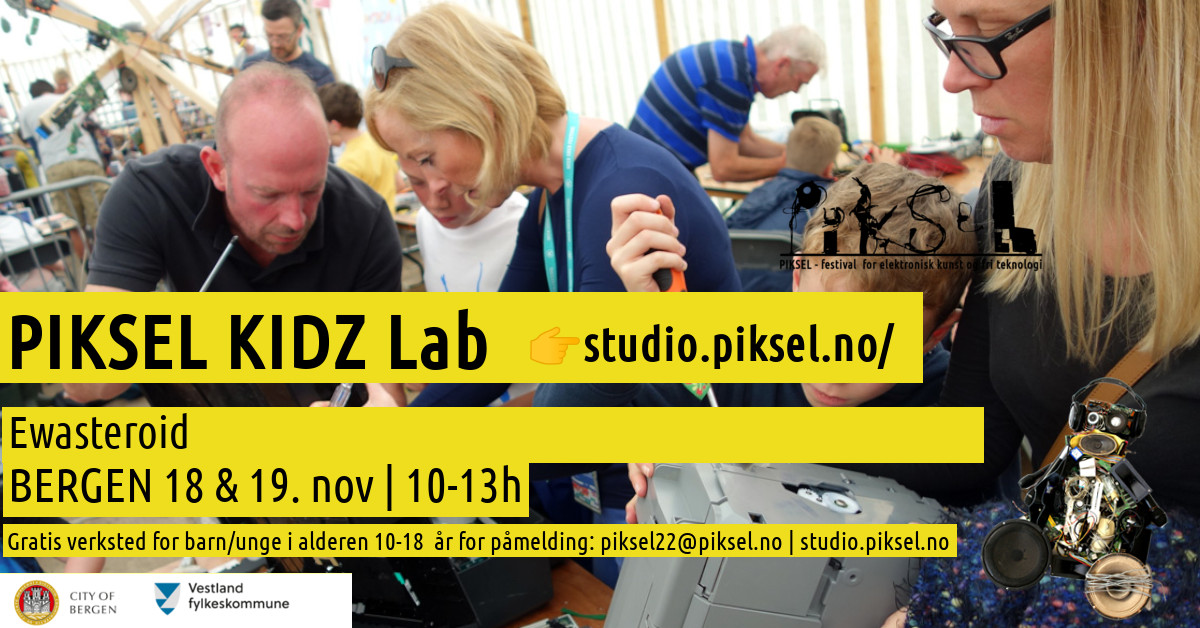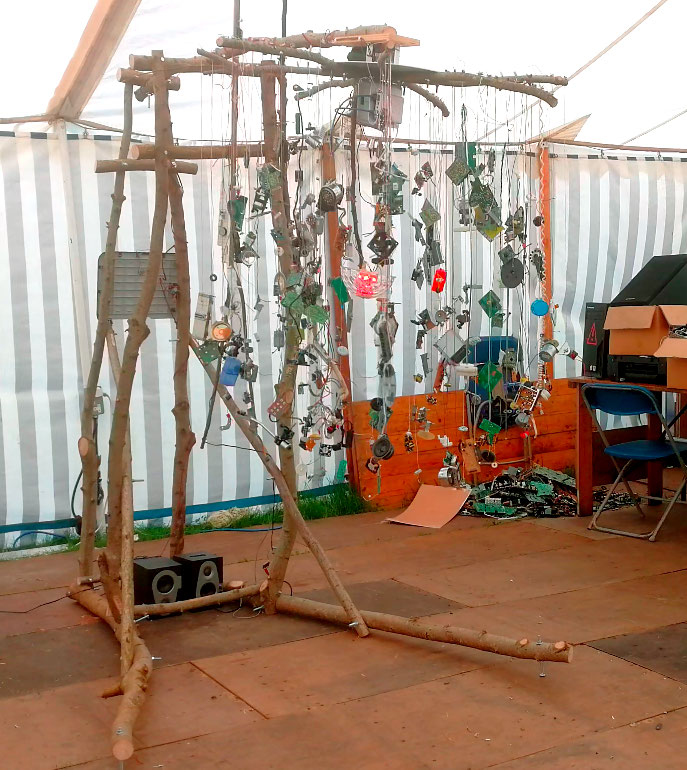by Karen Eide Bøen, Mads Høbye, Lise Aagaard Knudsen, Maja Fagerberg Ranten and Troels Andreasen.
memoryMechanics is an interactive sound installation that explores how we as humans embody memories.
The installation is based on an archive of memories that are collected from different people, by guiding them through sensory experiences and into physical poses that trigger embodied memories. Their recorded memories are then stored in the installation for retrieval through imitating their initial poses.
Artificial intelligence is used to record and retrieve memories from the archive. Through the installation, a synergy between human memory and computer memory appears. Artificial intelligence creates a mediated physical space in which the audience can walk around, position themselves in poses and hear the intimate stories of previous participants.
Participants: Dansers and anyone interested on interactivity and technologies.
Duration: 1 hour
Venue: BIT Teatergarasjen office (Strandgaten 205)
Date: 18th – 12-13h
memoryMechanics
memoryMechanics is a collaboration between exocollective and the duo Knudsen Bøen under the group umbrella term memoryMechanics.
exocollective is a research collaboration initiated by researchers at Roskilde University. The main agenda is to develop an experimental approach to researching the potential of new technologies and materials: Speculative explorations in interactive design, art, and technology. Maja Fagerberg Ranten, Mads Høbye, and Troels Andreasen. (https://www.exocollective.com)
Knudsen/Bøen is the collaboration between the two artists Lise Aagaard Knudsen (actor and MA in Theater & Performance Studies) and Karen Eide Bøen (dancer and choreographer). They work with body memory and exchange of memories between artists and participants, and the transformation of memory material into various artistic formats in their project called “I remember…”.
memoryMechanics was initiated as a part of “Staging the Future of Technologies vol. 2” with the following partners: Click festival, Catch, Haut and Roskilde University Center. Sponsored by Bikubenfonden & Copenhagen municipality.
Mads Hobye holds a PhD in interactive design from Medea, Malmö University and is a co-founder of illutron collaborative interactive art studio. He is conducting research into the potential of digital material exploration within art and technology. He has a keen interest in maker hacktivism and experimental electronic upcycling. He is an Associate professor at the Department of People and Technology at Roskilde University Center.
Lise Aagaard Knudsen is a performer and theatre practitioner, based in Copenhagen. In her practice she explores the archive of the body alongside a close relationship between the performer and her audience. She works internationally, mainly in Scandinavia and the UK, teaches performance theory as an external lecturer at University of Copenhagen and works a producer at the dAnish residency center HAUT.
MA in Acting from the Royal Central School of Speech and Drama, London, and MA in Theatre and Performance Studies from University of Copenhagen.



